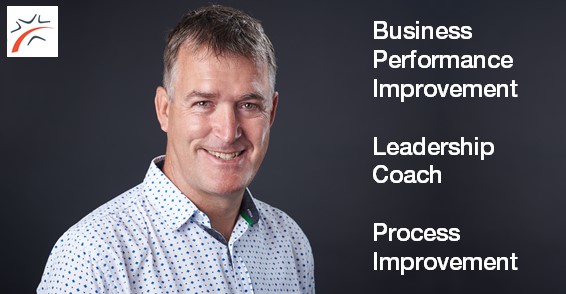IS SAYING NO BAD FOR BUSINESS
After believing for many years that the joinery and building industry is seasonal, I am starting to change my view. Traditionally we have seen our business’s experience peak demand towards the end of the year. However, the last few years many of us have returned after the summer holidays with full order books and more inquiries than we can handle or process. This year is certainly no exception, almost everyone I am speaking with has more inquiries than they can handle, very long lead times and are feeling anxious about letting people down and worrying about how much they have to do.
On top of this, business owners and their key people are in danger of taking their eye of the ball and losing touch with key clients, team members, process controls and key business and personal relationships, leading to surprise resignations and a decline in customer satisfaction and personal relationships alike.
“A company finds its destiny by answering 3 questions
1. Who are we?
2. What do we stand for?
3. How do we serve?”
Tom Chappell
This is a great time to remind yourself of why you are doing this in the first place and ask yourself some pertinent questions:
- What is my own passion & purpose for this business?
- What is the business’s purpose?
- Who are our ideal clients?
- Why are they our ideal clients?
- What is the value proposition for our chosen clients?
- What are the company’s values? And are we living them?
- Who are our most profitable customers, jobs, or product types over the long term?
- Where do we have a competitive advantage?
- What is our actual capacity for the different work types and are we prepared to increase this?
- Am I or others losing touch with our team? Are any of them a “flight risk”
Ian brooks, a well-respected business leader, speaker, and expert on creating and selling customer value has a quote I always remember, contained within his theme of “it’s about the customer always”.
“The aim in business is to have profitable customers,
who stay with you for a very long time”
Dr Ian Brooks
It is a good idea to have conversations with regular clients (who you wish to retain), to understand their future demand and build up a forecast against a budget and the available capacity.
Once you have asked yourself the 10 questions above and are clearer, its then much easier to decide who your chosen clients are, the type of work you desire the most, that which is the most profitable (in profit $ or profit per hour or unit of capacity, not %).
Then, when you look at the new inquires and understand how much work is coming from your regular clients, its much easier to decide which additional opportunities to pursue and those to gracefully decline or refer elsewhere.
Also review your digital messaging on your website, social media etc, you may be attracting the wrong type of clients for these circumstances.
And of course, this cycle will change at some stage, so be prepared to adapt and adjust your focus and strategy to remain flexible in your approach, the team and pricing strategies.





